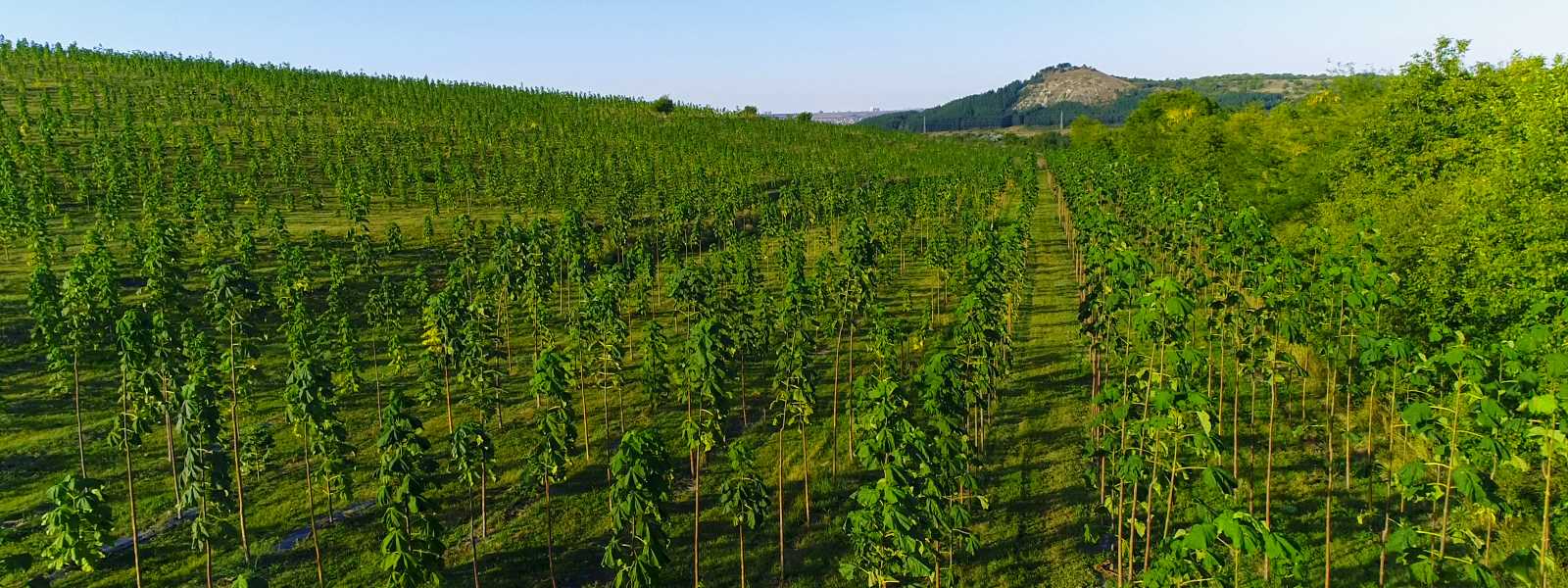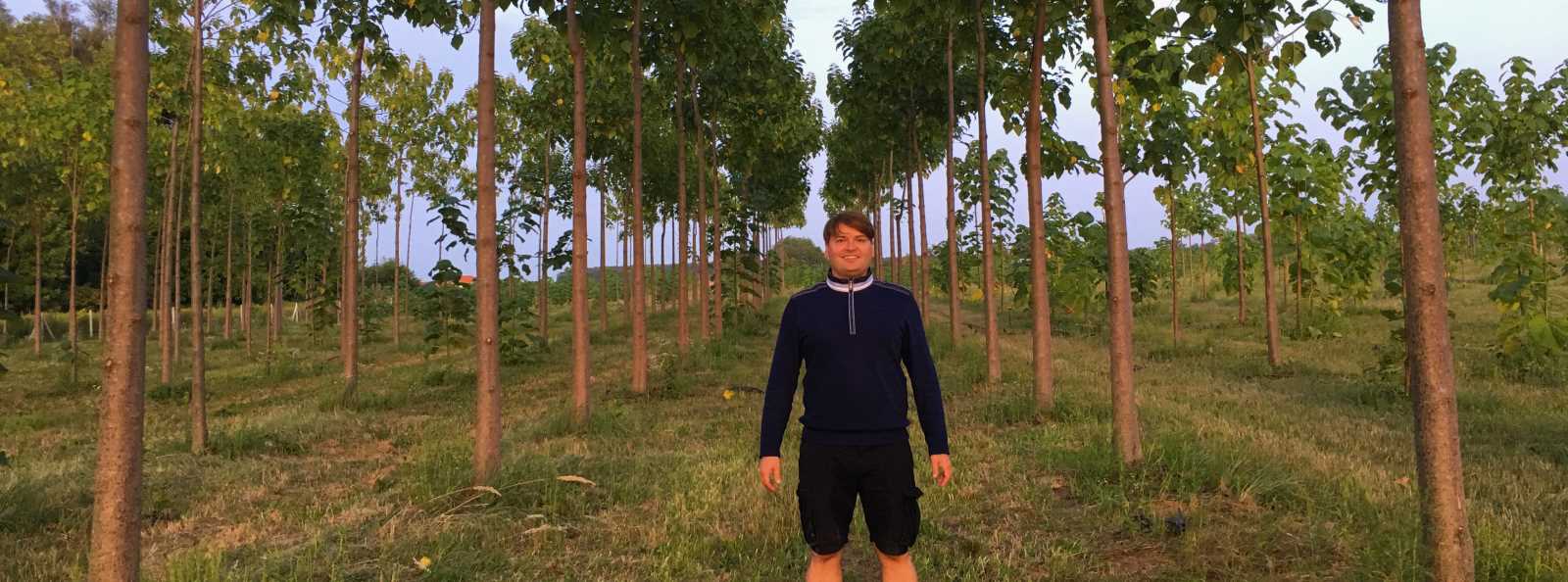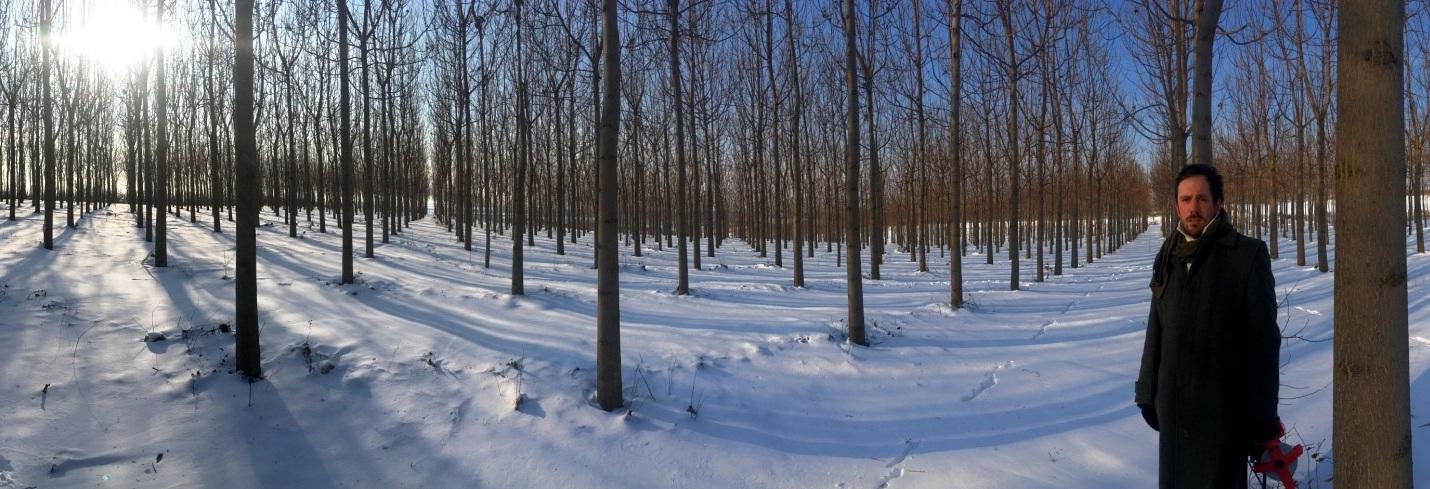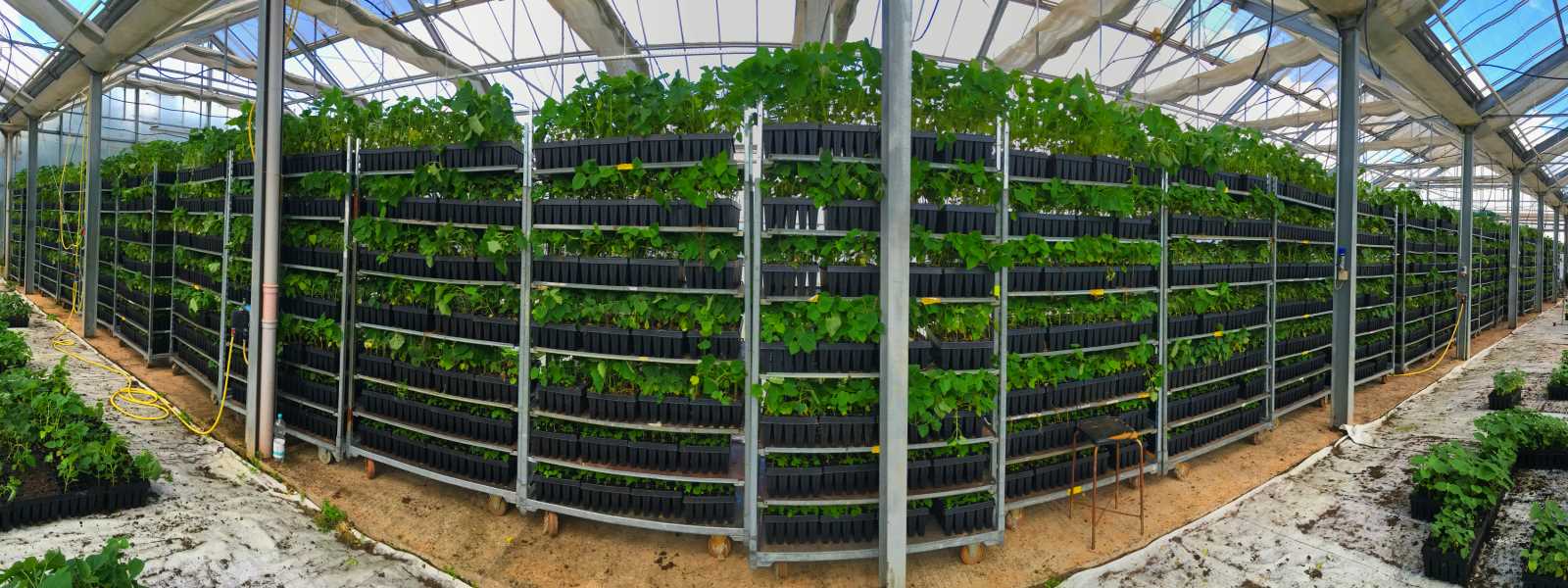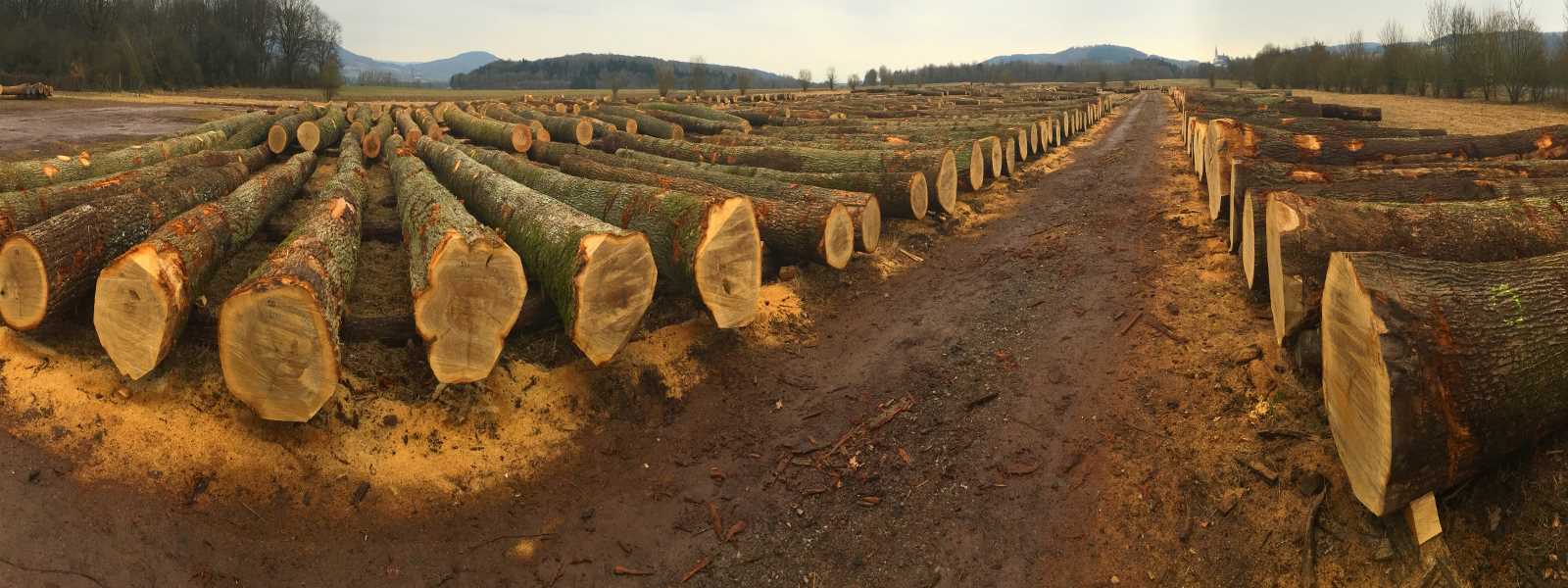Because it grows so fast
Reforestation with Paulownia
Due to their rapid growth - a four-year plant often reaches stature height of eight meters - Paulownia is the ideal tree for reforestation, after forest fires as an example. Furthermore in their starting years the trees form extremely large leaves, which contribute to effective shading of the soil. This allows a minimization of harmful effects, in particular by strong sunlight, which are typical for open areas. Through their deep root system, Paulownias can also act against the soil erosion. The fine roots of Paulownia reach a growth in more than 40 cm deep during the third year. The fertile and nutrient-rich top soil horizon is thus again available for the cultivation of other plants. This spatial separation of ecological niches thus enables the rapid establishment of a species and diverse forest flora.
For the reforestation of new leisure resorts, holiday parks or residential areas, the fast-growing and slender Paulownia is interesting as well. Already after 3-4 years it grows to a eight meter high aesthetically looking tree. From the 4th to 5th year Paulownia starts showing its first flowers. A rich costume of bluish to violet flowers of paulownia ornamental tree species is another aesthetic aspect of their application in this area.
Paulownia also provides an interesting solution for the reclamation of dead soil. As a result of open-pit mines, large construction sites or agricultural overuse, often only lifeless soil free of vegetation remains. To revive these soils and to establish self-sustaining vegetation on them, many aspects have to be considered, of which Paulownia can solve a significant portion. The huge leaves the Paulownia forms in the first years lead to rapid shading of the soil. They offer protection from dehydration and strong sunlight, so other plants, animals and insects can survive. Their profound taproot stabilizes the soil, which is thus protected from erosion and displacement. Also nutrients that are only sparsely available at this stage for other plants, can be moved from greater depths using these roots. Like other precious hardwoods the leaves of Paulownia are rich in nutrients. In particular, their protein content is of up to 20% of the leaf dry leaves, which means a high nitrogen content. The high nitrogen content is particularly important because it allows the soil organisms, especially fungi and insects, in the falling autumn leaves to quickly convert them into humus. Each autumn leaf fall provides a valuable humus layer, which is essential for a healthy soil.

